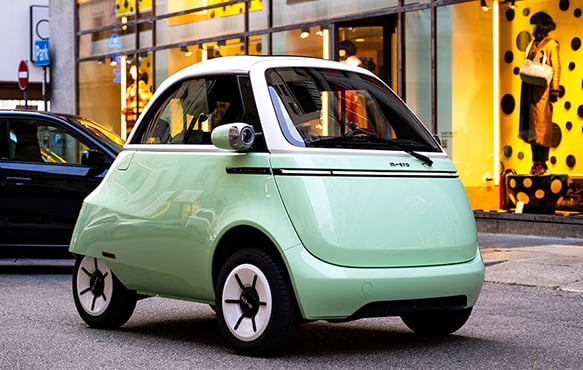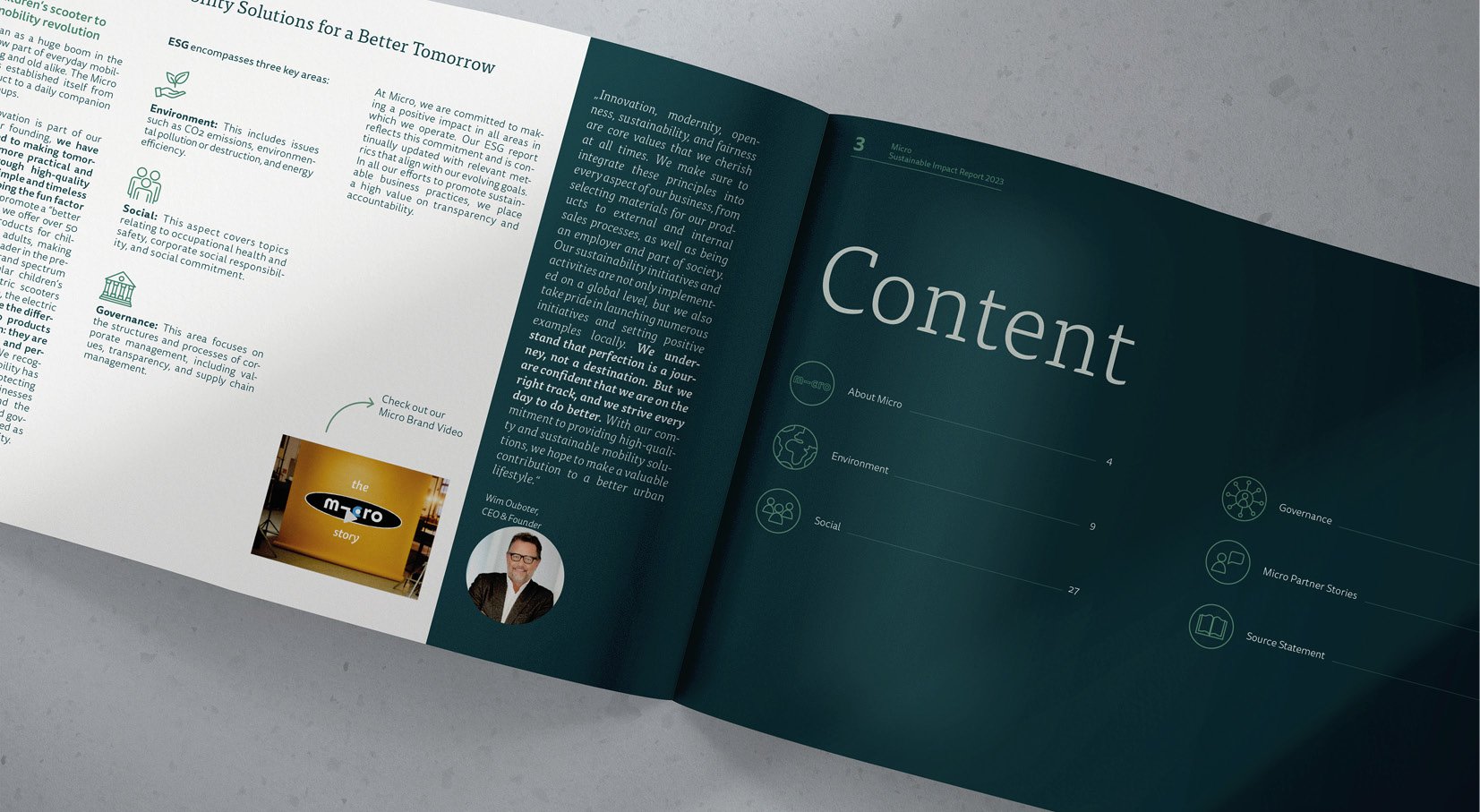Small ride, big impact: Embrace micromobility for a greener future!
In our times, urban mobility has been a crucial and difficult problem to address, encompassing the movement of people, goods, and services with ease and efficiency within urban areas. Since 1950, there has been a notable increase in the proportion of people living in urban areas. It is projected that by 2050, the global population will reach 9.8 billion, with approximately 70% or 6.7 billion individuals residing in urban areas.*
In urban centers, concerns such as traffic congestion, the high cost of owning a vehicle, and environmental impact are causing more and more people to turn to micromobility. The use of micromobility in cities that suffer from heavy traffic has significant potential beyond alleviating congestion and reducing carbon emissions. We believe that micromobility vehicles offers a solution to the long-standing challenge of transportation for first- and lastmile travel.
Micromobility and the approval of smaller electric vehicles enable modern, environmentally friendly and clean mobility solutions to make their way in urban areas. Their use is particularly worthwhile for short distances. Due to their low weight and small size, they can be taken along. Micro products are spacesaving and flexible in use. They are therefore well suited for the so-called “last mile”.
Micromobility opens up an opportunity for the sustainable design of mobility services, especially in metropolitan areas. It can help avoid traffic jams, noise and emissions. In addition, fewer parking spaces are needed and all residents can benefit equally from clean, comfortable mobility.
Micromobiles are not also more economical in terms of their resource and energy consumption. They can complement public transportation as a climate-friendly mobility solution. In this way, they take a step toward the urban mobility revolution.
Advantages of micromobility solutions
Reduced traffic congestion:
The use of micromobility products can help to reduce traffic congestion, as it provides people with an alternative to cars and public transportation.
Reduced air pollution:
Micromobility products can contribute to minimizing air pollution since they utilize renewable energy sources as their power supply.
Cost-effectiveness:
Micromobility products are often a more cost-effective option than using cars or public transportation.
https://www.un.org/development/desa/en/news/population/ 2018-revision-of-world-urbanization-prospects.html















